Three impressive landmarks of Vietnam have been voted by travel magazine Wanderlust into the list of the most impressive UNESCO heritage sites in Southeast Asia.
Vietnam is a country with many cultural and natural heritages recognized and protected by UNESCO. Among them, three sites have been voted by Wanderlust travel magazine as one of the most impressive UNESCO heritage sites in Southeast Asia. They are Ha Long Bay, Hoi An Ancient Town and Phong Nha - Ke Bang National Park. Let's explore the outstanding features of these three sites.

Ha Long Bay
Ha Long Bay, located in Quang Ninh, is the first Vietnamese site to be named on this list. With thousands of unique limestone islands, Ha Long Bay was recognized by UNESCO as a World Natural Heritage in 1994 and again in 2000. The heritage area of Ha Long Bay is 434 km², including 775 islands with many caves and beaches. This area is famous for its beautiful system of rocky islands and caves.
Ha Long Bay is one of the most attractive tourist destinations in Vietnam, attracting millions of domestic and foreign tourists every year. You can join cruise tours on the bay to admire the majestic scenery, explore interesting caves, swim or enjoy fresh seafood. You can also visit traditional fishing villages or nearby tourist attractions such as Cat Ba, Tien Yen or Yen Tu.
Ha Long Bay is not only a natural wonder but also a cultural symbol of Vietnam. This area is associated with many legends and folk epics, such as the legend of the dragon descending into the sea or the epic of the Jade Emperor - Phu Dong Thien Vuong. This area also has precious scientific value, as it contains traces of ancient creatures and historical relics from prehistoric times to the resistance period.
Hoi An Ancient Town
Hoi An Ancient Town in Quang Nam is the second representative of Vietnam on the list. Recognized by UNESCO as a World Cultural Heritage in 1999, Hoi An is an ancient town with more than 1,000 architectural relics including streets, houses, assembly halls, communal houses, pagodas, temples and traditional dishes. Hoi An Ancient Town has the traditional architectural beauty and harmony of houses along with beautiful walls and roads.

Hoi An was a bustling trading port from the 15th to the 19th century, a meeting place for many different cultures such as Vietnam, China, Japan, Europe and India. You can see the imprint of these cultures through typical architectural works such as the Japanese Covered Bridge, the Fujian Assembly Hall, the Tan Ky Ancient House or the Hoi An Church. You can also learn about the history and culture of Hoi An through museums, exhibitions and local festivals.
Hoi An is also a culinary paradise with many delicious and unique dishes. You cannot miss famous dishes such as banh mi, cao lau, mi quang, banh xeo, wonton or corn sweet soup. You can also try making these dishes at cooking classes or buy fresh ingredients at Hoi An market.
Phong Nha - Ke Bang National Park
Phong Nha-Ke Bang National Park, located in Quang Binh, is the third Vietnamese site on this list. UNESCO recognized this national park as a World Natural Heritage based on geological and biodiversity criteria. With a rich system of caves and flora and fauna, this area is considered a “fairyland” and a great natural treasure.

Phong Nha - Ke Bang National Park covers an area of over 85,000 hectares, including about 300 caves and underground caves with a total length of about 126 km. Some famous caves are Son Doong Cave (the largest cave in the world), Paradise Cave (the longest cave in Southeast Asia), Phong Nha Cave (the cave with the most wonders), Tien Son Cave (the cave with the most beautiful stone flowers) or Dark Cave (the cave with the longest underground river). You can explore these caves by walking, riding a motorbike, taking a cruise or joining adventure tours.
Phong Nha - Ke Bang National Park also has a rich and diverse tropical forest ecosystem. There are about 2,700 species of plants and nearly 800 species of animals living in this area, many of which are rare and endangered. You can encounter species such as Hatinh langurs, gray-shanked douc monkeys, Asian bears, Saola or Javan rhinos...
(According to 24h, September 7, 2023)
Source



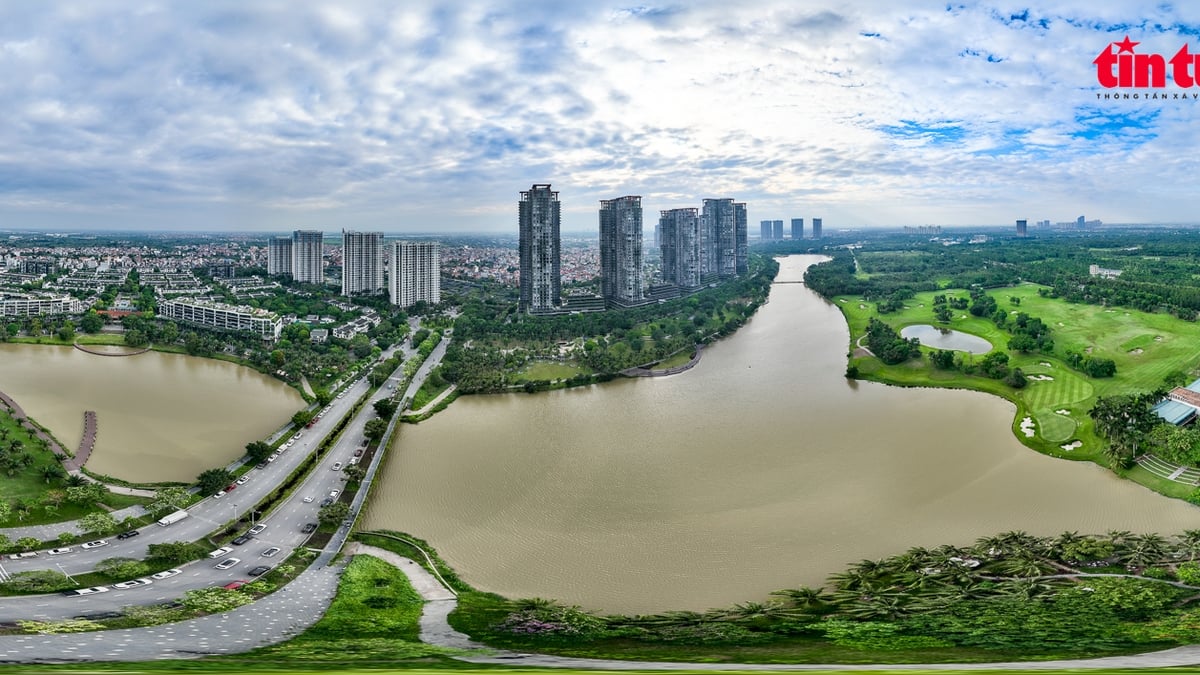















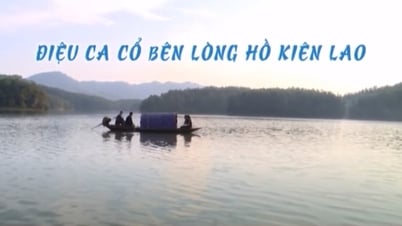




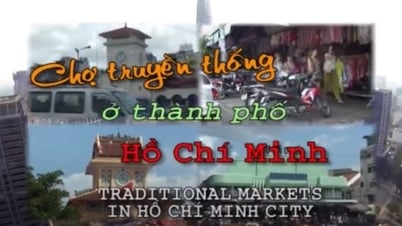




























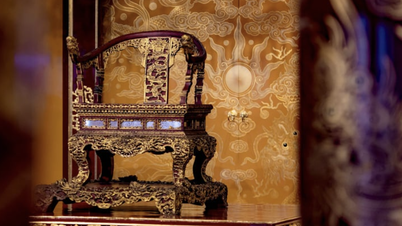






















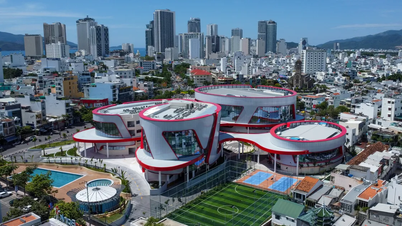










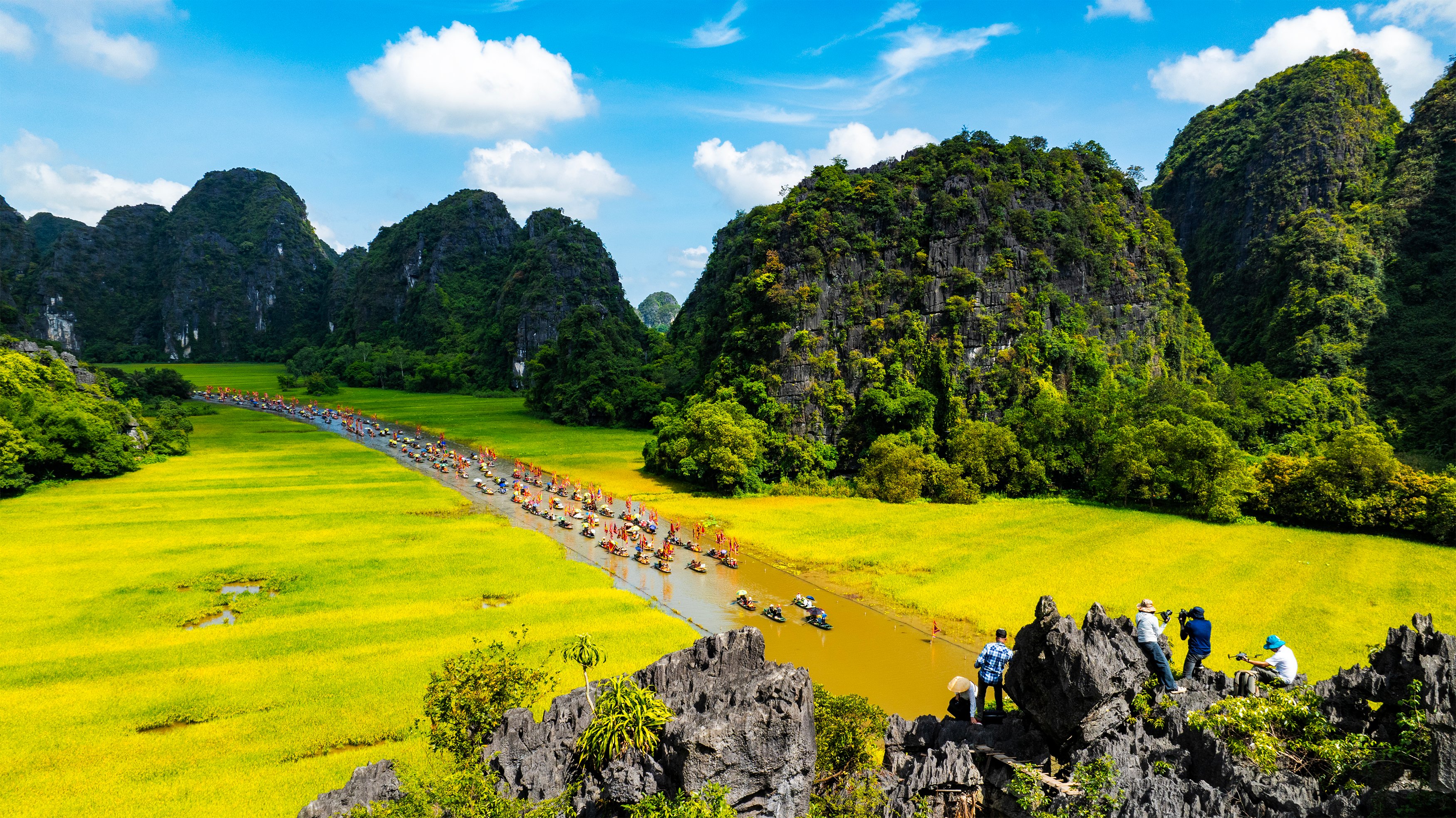



Comment (0)